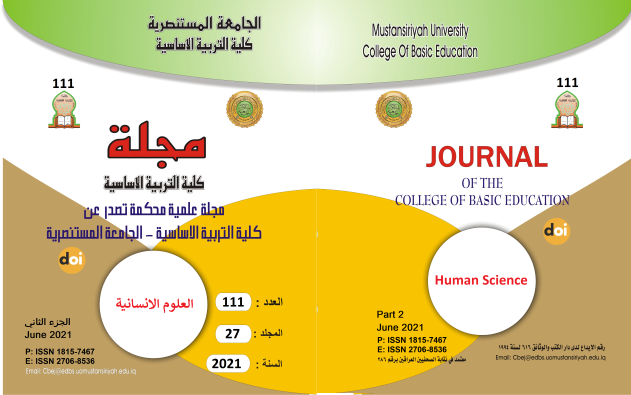The reality and causes of envy
Main Article Content
Abstract
Envy is a moral characteristic hat is reprehensible in humans, God and people seek refuge in it, even the prophets. God said ((and from the evil of the envier when he envies)).and its meaning is the demise of the blessing of the envied.
We discussed this ethical concept, its truth, causes, evils and how to deal with it in the book of God, in the Sunnah of the prophet and related sources on the topic, it was follows:
1) Preface: The Preface contains both the study of the meaning of envy, linguistically and idiomatically.
2) The First topic includes the study of envy in light of the (noble verses) indicating it and the sayings of the Prophets (Sunnah) related to it as well as the sayings of Scholars in its truth.
3) The second topic: contains a study of the rule of envy and its division, as it is in the rule of law forbidden, because it harms the envious, the envied and the society, it is a type of injustice because of the harm that results from the envied in its health. and social conditions. We have shown the sections of envy.
4) The third topic: deals with the causes of envy, how to treat it, the causes of enmity , the hatred arrogance, love of Leadership, Prestige and malice of the Soul as for the ways to Prevent and treat it, it is to cover the goodness of those who Fear envy and to spell people especially children .
As for the ways to treat it, its healing the hearts with knowledge, Faith and fear of God, believing in the actions of the creator in his judgment and reading the (Mawadhat) frequently, and the other two verses related to blocking envy and the sayings of the prophet’s sunnah as welln.
Article Details

This work is licensed under a Creative Commons Attribution-ShareAlike 4.0 International License.
